PULSE VOL.5 NO.1 (August 2024-January 2025)
GITAMEIT AT 21 BIRTHING AND RAISINGA COMMUNITY MUSIC SCHOOL IN MYANMARREFLECTIONS AND HIGHLIGHTS FROM NAY WIN, NE MYO AUNG AND KIT YOUNG
-Nay Win Htun, Ne Myo Aung, Kit Young
Abstract
In the early 2000s, the founders of Gitameit Music Institute in Yangon, Myanmar sought ways to build community and confidence for young Burmese with synergies of learning creatively through music and art. Years of societal isolation - enforced by a repressive military dictatorship - prevented contact with their peers in other countries pursuing advanced music studies in higher-level institutions. The founders grappled with seminal questions: how to teach creatively, initiate new ideas in performance with outsiders, and build new local audiences within the confines of constant military surveillance; examine why, yet respect that western music cultures were valued over those of Myanmar’s indigenous groups and traditional Burmese music; how to convince donors and sponsors of why developing higher level musical aspirations for young people in Myanmar is fundamental to growing a healthy society. These conversational reflections celebrating the 21st anniversary of Gitameit glance at specific events and people in Gitameit’s community history. These are pivotal stages as the participants assess not only educational growth but emotional valences of both danger and joy and how this growth will be cultivated in Myanmar’s uncertain future.
Keyword: Gitameit Music Institute, Community Music Education, Music and Social Change, Burmese Traditional Music, Western Music in Myanma
Introduction
Gitameit Music Institute began life in Yangon in 2003. Its gestation evolved from many conversations about Myanmar’s educational lack in secular settings to rigorous training in western music skills. Myanmar musicians U Moe Naing, Nay Win Htun, Violinist U Tin Yi with American pianist/composer Kit Young planned a program which included instrumental lessons, rudimentary theory with sight-singing, and a choir along with learning skills in Burmese traditional music. The musicians were offered a large space in a former bookstore where Myanmar traditional musicians were invited to come to perform and teach tayaw (violin), classical singing, Myanmar slide guitar and sandaya (piano), patala (xylophone) and pat waing (drum circle). Myanmar and visiting international teachers of Western music (including jazz, classical and pop genres) gave classes at Gitameit in piano, guitar, drums, flute, violin, and voice, sight -singing and elemental music theory classes. Centering holistic concepts of music-making, developing experiences that encouraged self-confidence among the musicians and building community cooperation became the hallmarks of Gitameit (Burmese/Pali gita for music, meit for friendship).
These reflections explore Gitameit’s history as its musician-developers respond to various larger frameworks - first the challenging: stymied learning opportunities under fifty years of an isolated and repressive government, lack of communication or exchange with developing music institutions in Southeast Asia, and extreme difficulties in funding such an endeavor. Second, the pioneering: creating a way out of no way; overcoming bias with the participation of many ethnic and religious groups from multi-cultural Myanmar; musicians’ developing entrepreneurial, networking, and performance/production skills with foreign embassies and companies leading to performing tours to Thailand, Singapore, Philippines, Japan and the United States; musicians undertaking bachelors and masters degrees in other countries and returning to teach at Gitameit.
The following conversation presents reflections by musicians Nay Win Htun, Ne Myo Aung and Kit Young exchanged on Zoom calls in December, 2024 when Gitameit celebrated its 21st birthday. Welcome to this celebration!
Nay Win Htun:You know, the a cappella songs composed by Gita Lulin U Ko Ko (internationally-known Burmese composer and sandaya performer) for our beginning Gitapella group became so well known in Myanmar. We performed them here and abroad with our choir, Gitameit Voices. Ajarn Anant Narkkong from Silpakorn University in Bangkok introduced U Ko Ko’s song “Inle” to “Khun Nat” (Chartchai Ketnust) Director of “From Bangkok to Mandalay” used in the movie.
That was a highlight in our history. It was U Ko Ko’s idea to compose for a cappella voices after he heard Gitapella sing. This was a new form- to use a cappella voices with Burmese flavors in our Myanmar music circles. We also mentioned about this at our “Tribute to the Legacy of U Ko Ko” conference in 2011 sponsored by Gitameit and Goethe Institute [1]
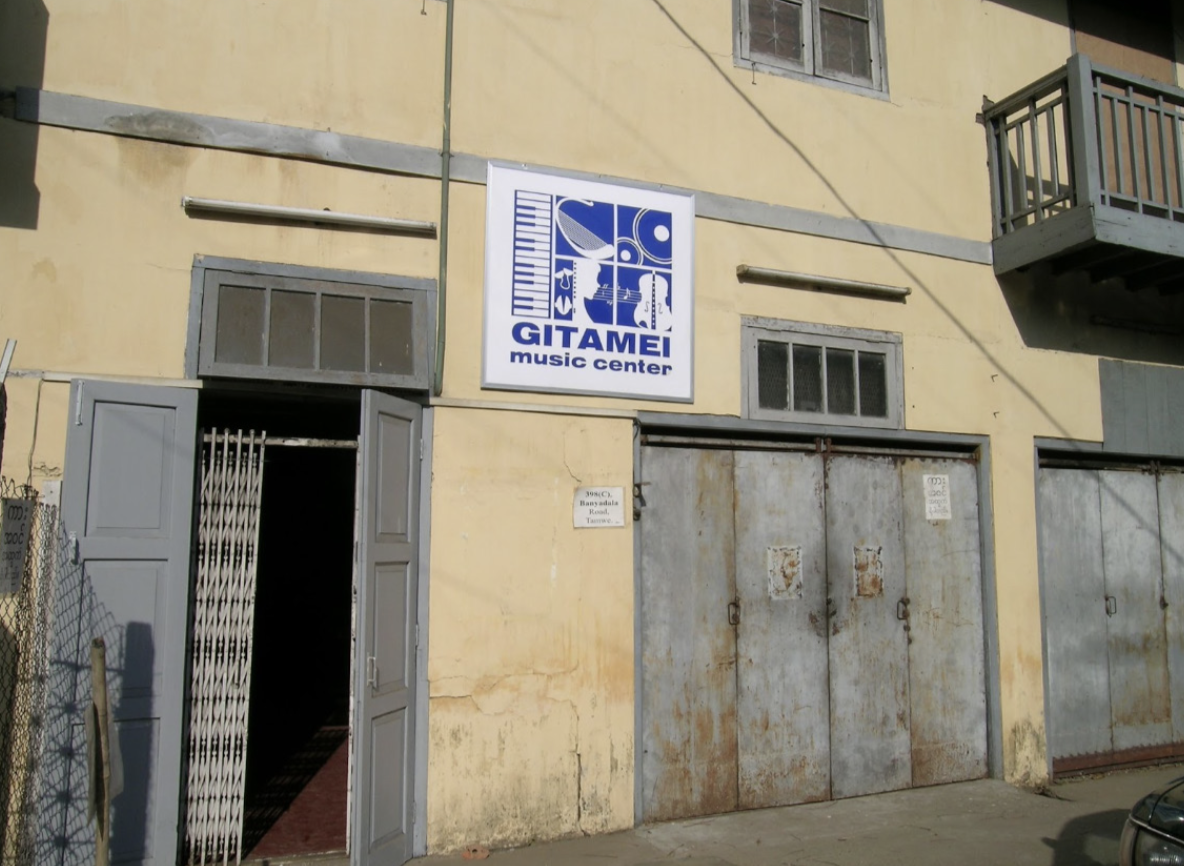
Figure 1 Building of Birth: 2003, Taumwe township Yangon
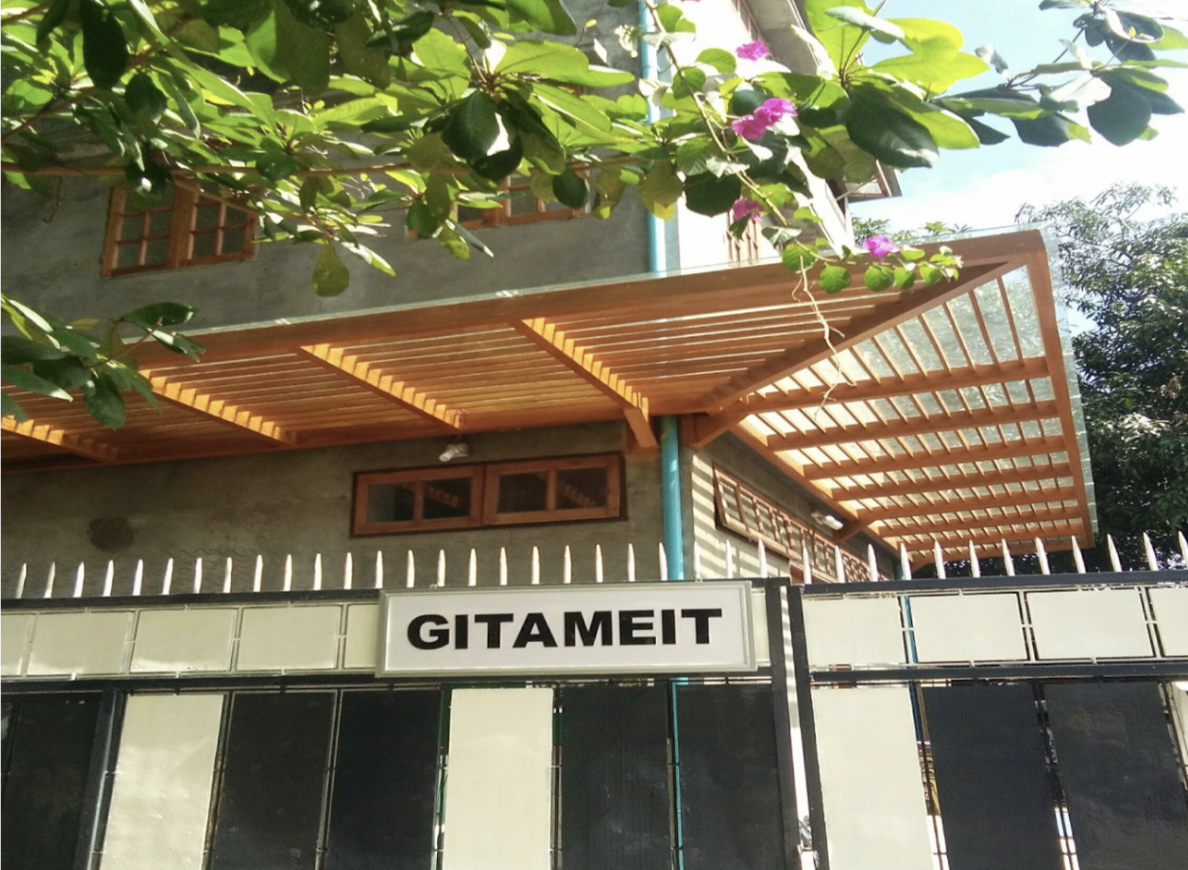
Figure 2 As Adolescent: 2017 Gift of Hedda Foundation, Norway Figure 3 Kit Young, Gitameit Co-founder
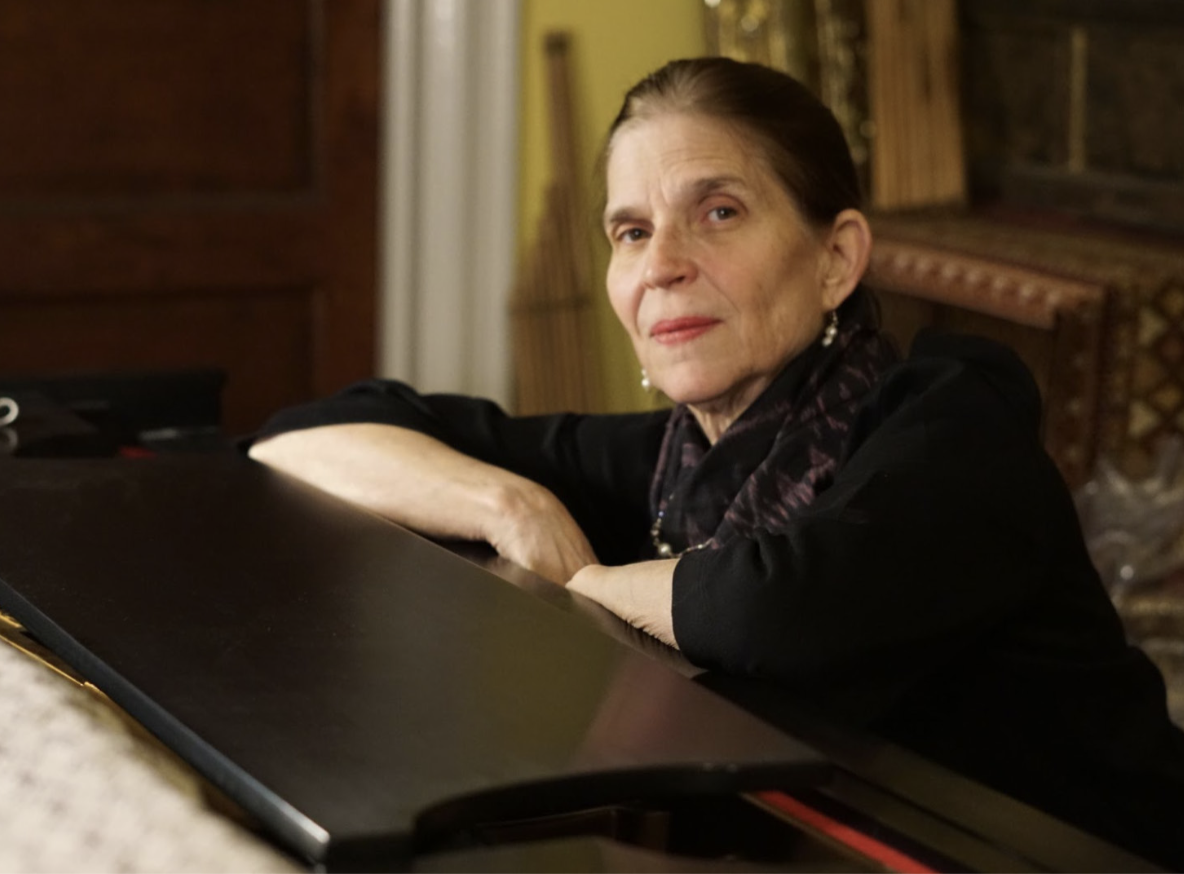
Figure 3 Kit Young, Gitameit Co-founder
Another thing is our participation in Khun Nat’s movie From Bangkok to Mandalay eight years ago. We had worked with Ajarn Anant Narkkong for many years. Before coming to visit Gitameit in Yankin Township in Yangon, Khun Nat had no specific story for a movie about Thai/Burmese relationships in a historical setting. But hearing this song inspired him to create the story. He used Gitameit as the context and setting for the characters in his fictional love story. I also acted in the movie! In the beginning years of Gitameit, we had no real connection to the Myanmar government. They were suspicious of all our activities and watched us carefully. They asked us to register all foreigners who visited Gitameit. We had to report to the authorities everyday. They asked us why so many foreigners wanted to visit Gitameit. Even currently in this post-coup time, we negotiate with local authorities but the most dangerous time with fear of being shut down was from our Yangon center opening in 2003 to 2006.
Kit Young: Ah, that awful night at Inya Lake Hotel in 2006 with Gitameit Voices and the visiting Yale Spizzwinks suddenly forbidden by authorities from performing. The concert was saved by careful and patient behind-the-scenes negotiating by Conductor U Moe Naing. [2]
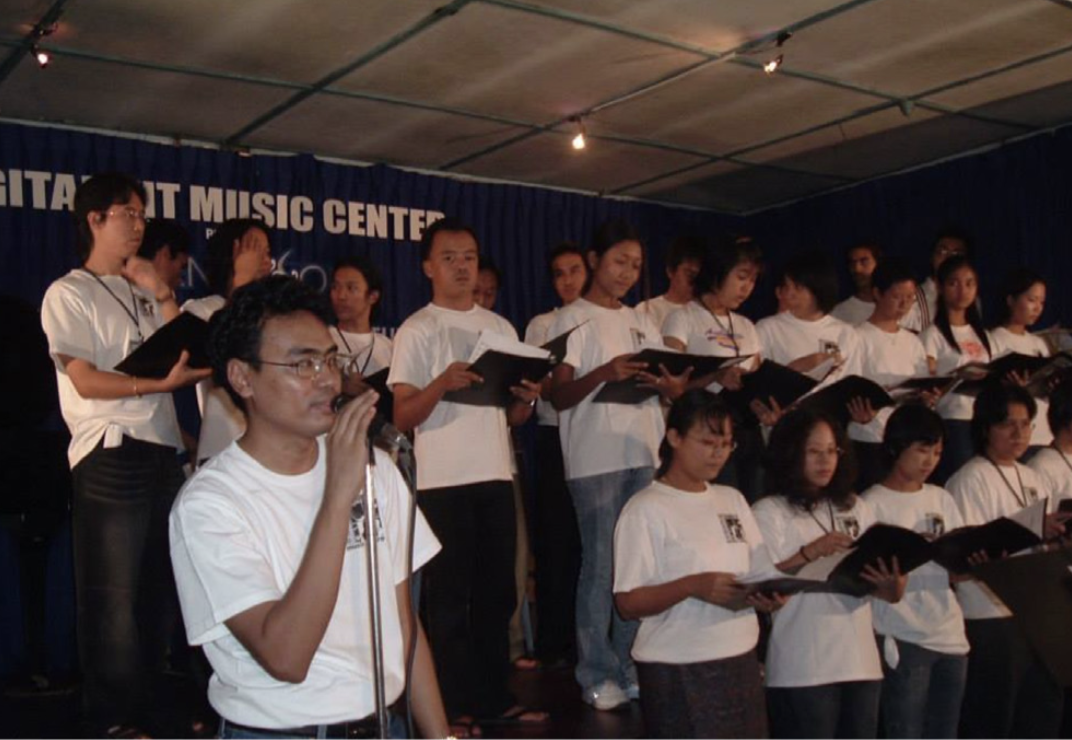
Figure 4 U Moe Naing with Gitameit Voices in 2005
You know? It’s funny how things repeat. Last week I had a call from the Japanese Embassy. They wanted to do a cultural activity but not involve the current military government. “We want to work with community networks like Gitameit” they said. So, we have a Japanese Karaoke project coming up in 2025 that advertises dual sponsorship by Gitameit and the Japanese Embassy and will take place in our performance hall!
Kit Young: Can you bring us up to date in 2024, Htun Htun for what you do? I know you were living in your home town Mogok, Northern Shan State after the ‘21 coup and organized singing and recorder programs for internally displaced young adults and children in orphanages.
Nay Win Htun: I am teaching voice, recorder, saxophone, sight-singing,full time at Gitameit now and helping to organize with Ne Myo Aung and our faculty executive council team. Some of our former students and teachers are back. Half of the students from before the Coup have left the country, but we now called back some old students who taught before.. We still use our buildings on our Yangon/Yankin compound (Hedda Hall).
Kit Young: I want to acknowledge here the incredible work of U Moe Naing in co-founding Gitameit. U Moe Naing was studying western music in classes organized by violinist (Myanmar tayaw player and teacher of Western violin techniques) U Tin Yi in the 1990’s. In those days, I was coming frequently from Bangkok to Yangon to work with Sandaya U Yi Nwe and Gitalulin U Ko Ko on Burmese sandaya techniques and repertoire. U Tin Yi and I gave several concerts together which U Moe Naing helped to arrange at the popular Yangon restaurant Oriental House - where he played in a band. Any event organized by a Burmese citizen with a foreigner at this time was rare and needed prior permissions(which could be rescinded arbitrarily at any moment) from authorities. U Moe Naing, through his careful cultivation of contacts that were sympathetic, built a small circle of trust among businessmen and some military officers which enabled the founding of Gitameit to become reality. We are incredibly grateful to him for his stewardship with Nay Win Htun and evolving Gitameit Voices into a nationally and internationally known choir. Moe Naing conducted Gitameit Voices on tour in Japan and the United States collaborated with many visiting international choirs and vocal ensembles to Yangon from 2004 - 2016. Members of Gitameit Voices choir also joined Berkshire Choral Festival (USA), Southeast Asian Music Exchange (SEAMEX - Malaysia), and Asian Youth Choir for One (Korea).20Figure 5 U Yi Nwe Tribute Concert: Nay Win Htun, Ne Myo Aung with Dr. U Yi Nwe in January, 2020
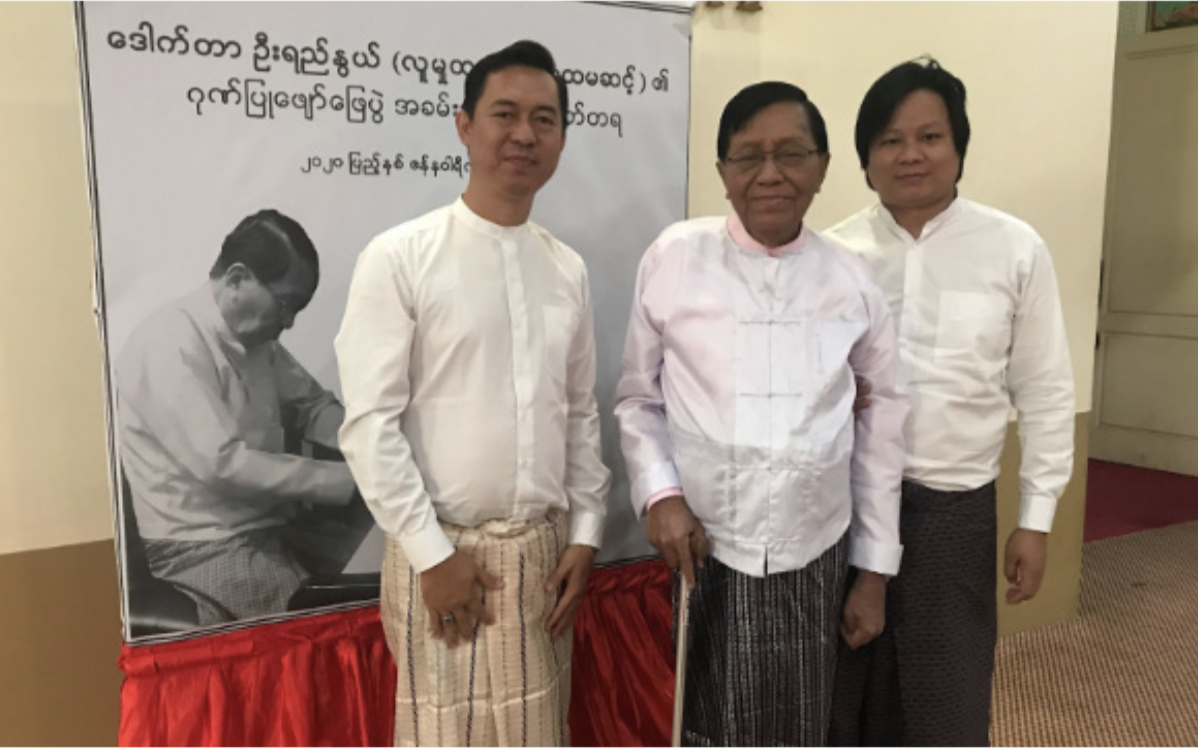
U Moe Naing started Gitameit Voices assisted by Nay Win Htun and taught sight-singing classes based on what he learned from his choir experiences at Payap University in Chiang Mai, where he studied for a year on scholarship in 2001 -2002. The choir formed the core and bond among the musicians at Gitameit. Meeting three times a week, young adults were able to form relationships that integrated differing educational, ethnic, religious and linguistic backgrounds.
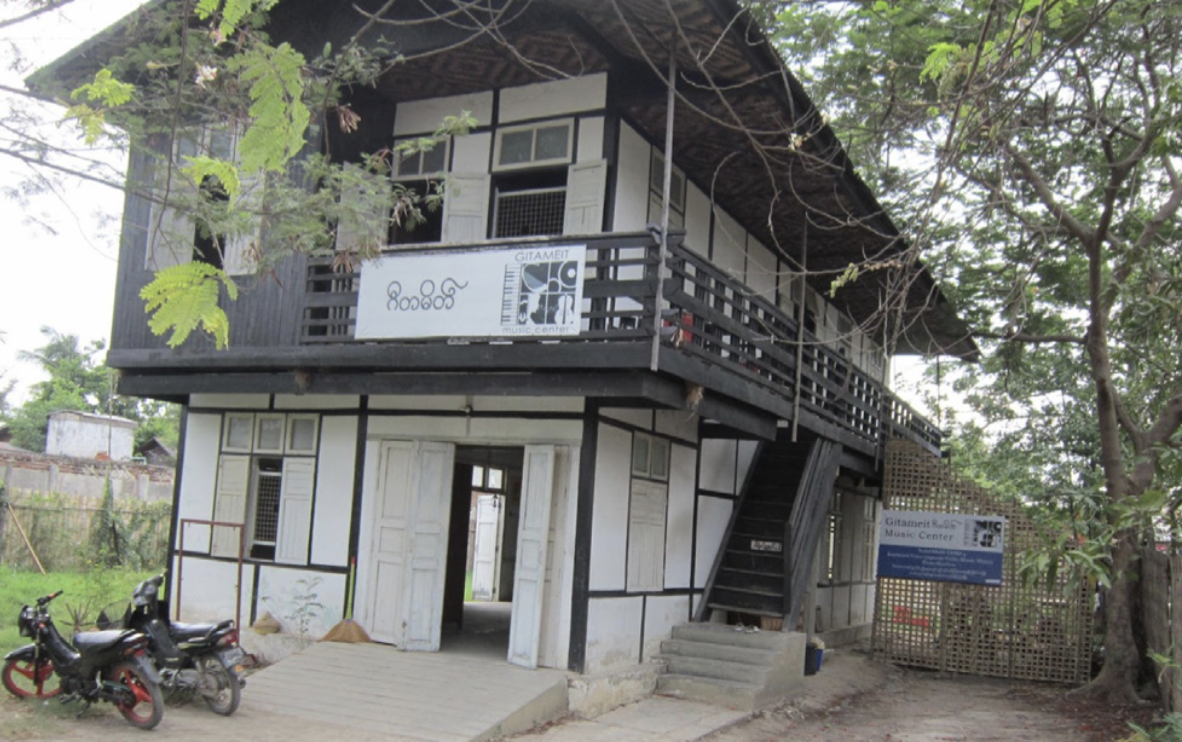
Figure 6 U Yi Nwe Tribute Concert: Nay Win Htun, Ne Myo Aung with Dr. U Yi Nwe in January, 2020Figure 7 At Inya Lake Hotel with bass player Ko Myo In 2006, Goesta established a Baroque orchestra for which he returned twice a year as a volunteer to conduct and also teach Jazz
I would also like to mention here composer Parami Shoon and his initiative in establishing a Gitameit Music Center in Mandalay. Our Mandalay students and others who were scholarship students in Yangon helped to become the Mandalay Center’s first teachers. Goesta Mueller frequently visited to coach small ensembles there.
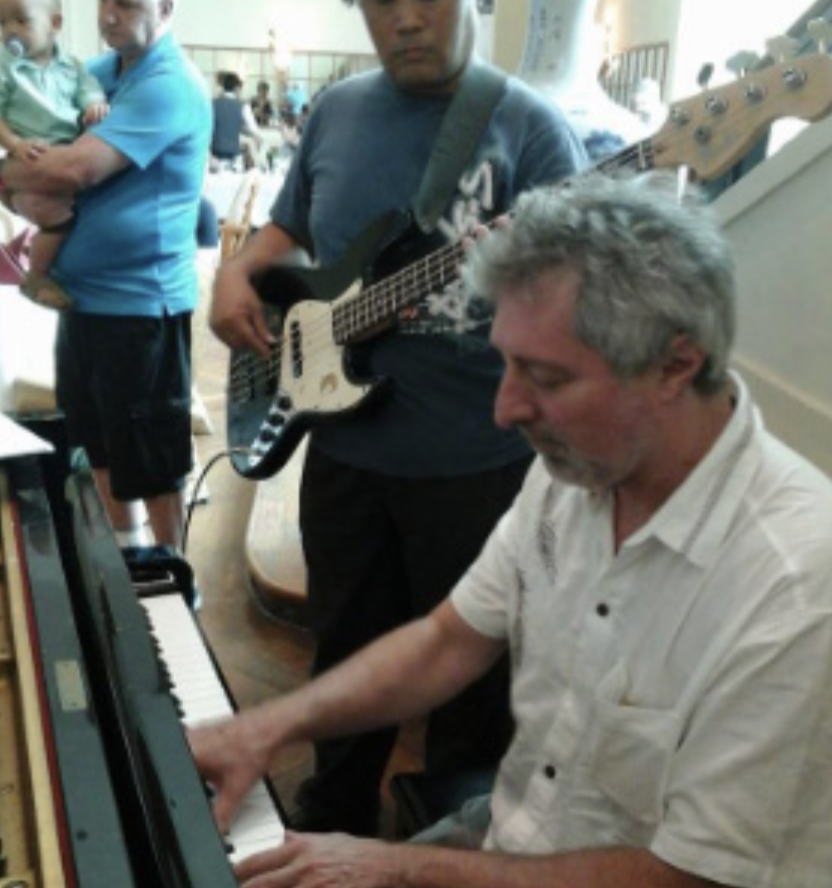
Figure 7 At Inya Lake Hotel with bass player Ko Myo In 2006, Goesta established a Baroque orchestra for which he returned twice a year as a volunteer to conduct and also teach Jazz
From the beginning, we invited local and international musicians and artists to create and share in collaborative and mixed-media performances, offer master classes, and give workshops, lectures, and poetry recitations. In addition to inviting U Ko Ko, we were so honored to work with world-class dancers Shwe Man Win Maung and Shwe Man Chan Thar, Director Manuel Lutgenhorst, Baritone Thomas Buckner, Dancer Kamala Caesar and others in “Nya La Ka” in 2005, “The Monsters of Inya Lake” in 2010 along with legendary hsaing waing performers and leaders Thiri Maung Maung and Myanmar Pyi Kyauk Sein and Myanmar banjo player U Maung Maung and slide guitarist U Tin. [3]
Master slide guitarist in Burmese style, U Tin, (1932 - 2019) was an enduring presence at Gitameit and inspired those who sought out his deep knowledge of both classical and folk Burmese repertoire. However, in their thirst to learn “systematic” skills of western music, often guitar and other students would ignore U Tin’s great talent, his generosity and willingness to share with them local Burman musical culture. After the American label Shanachie released an album of Burmese music with his performances, he gained an enthusiastic international following. He was invited with a hsaing waing ensemble to perform at New York’s Asia Society. While appreciative of outside recognition for U Tin, the younger musicians still kept their distance from his music. [4]

Figure 8 U Tin, right, at his home in an undated photo with U Ne Myo Aung of Gitameit Music Institute in Yangon, Myanmar. Mr. Tin was a master of the slide guitar and adapted it to the music of his country. Credit...Patricia Campbell for NY Times obituary of U Tin, Feb 17, 2019
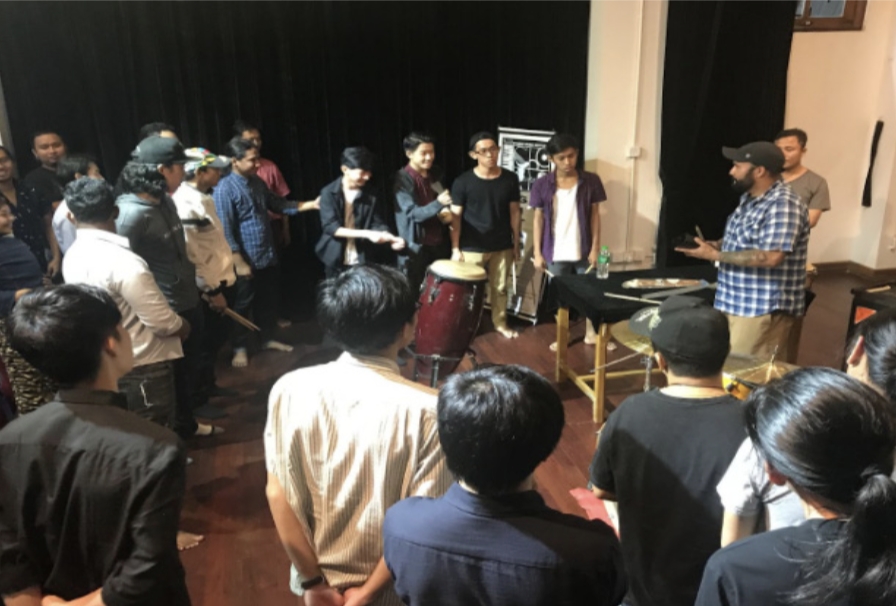
Figure 9 Visiting Scholar from University of Washington, Dr. Christopher Mena
Not only did short-term, Embassy-sponsored guest teaching workshops occur, but longer-term mentoring built Gitameit members’ musicianship by flutist and ethnomusicologist Daphne Wolf, Goesta Mueller, conductor and bassist, Gabriela Rendl, violinist, acclaimed choral conductor Jane Ring Frank, Norwegian composer Geir Johnson, and the Norwegian Trondheim ensemble, ethnomusicologist and music education specialist Dr. Patricia Campbell and world music educator Dr. Christopher Mena - as advisors for a collaborative Teaching Artist Program in 2018 with the University of Washington - along with many others who freely shared their gifts and insights over these twenty-one years. [5]
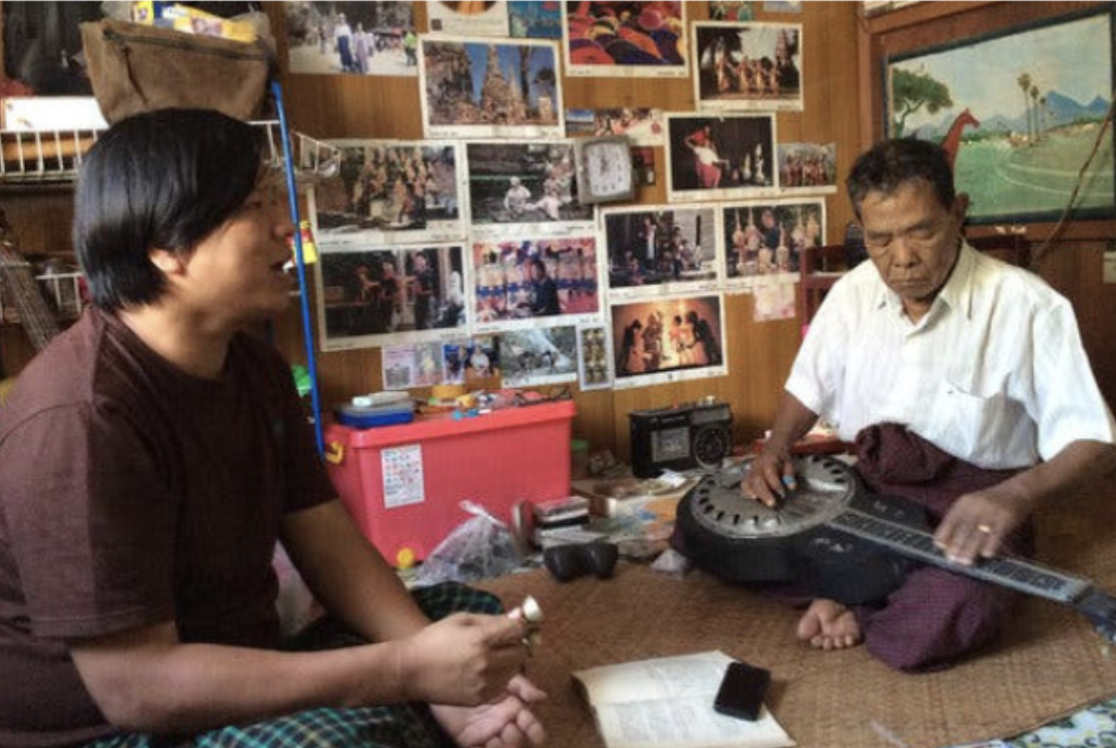
Figure 10 Visiting Violinist Gabriele Rendle from Innsbruck Conservatory, AustriaFigure 11 Foreground: Nay Win Htun, Ne Myo Aung Directly walking behind them: Thai Universities PGVIM, Silpakorn Professors Jean David Caillouët, Anant Narkkong.
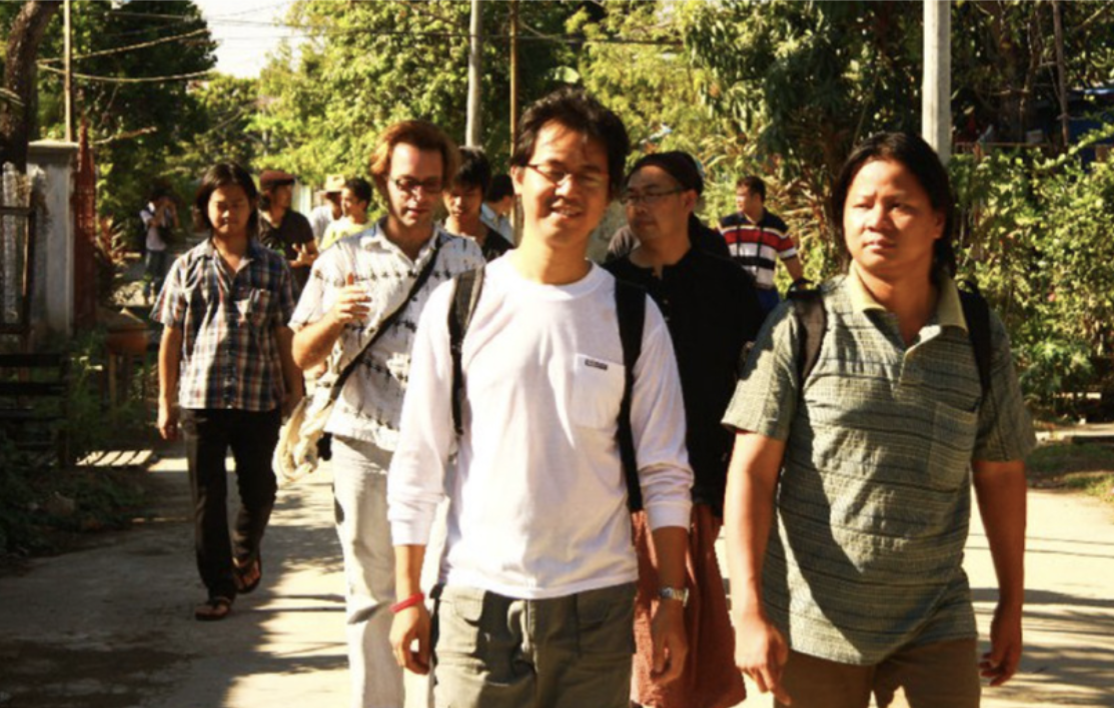
Figure 11 Foreground: Nay Win Htun, Ne Myo Aung Directly walking behind them: Thai Universities PGVIM, Silpakorn Professors Jean David Caillouët, Anant Narkkong.
Ne Myo Aung: I learned about Gitameit in 2003 from my first piano teacher, U Moe Naing and that I could apply for a scholarship.
My passion was learning to play piano - I was 20 and new to Yangon. After joining, I learned that music is not just about playing an instrument or singing but also about sharing what you love, learning to be in community, helping to grow together as a holistic-thinking group.
Kit Young: What stands out to you from your first two or three years at Gitameit?
Ne Myo Aung: Ah! So many struggles! Organizational problems. We started with a small group. Obstacles. Disappointments. But among all this, I learned so many kinds of music I had never known about or listened to in my past. Unfamiliar to me because I grew up in a small town on the Indian border. We heard music from religious communities and pop/traditional Burmese music on radio or cassettes, only.
For the first six years at Gitameit everything was surprising, and amazing. So many adventurous projects, joining with international musicians and traditional musicians from Myanmar (this was too difficult to do in remote areas). We learned so much and how to collaborate frequently on new concerts and projects, and build networks. It so enriched my musical experience and built my musicianship through encounters with these artists.
Kit Young: As the primary participant in an American Embassy/Gitameit grant to digitize ‘78 rpm Myanmar music in 2007 with help from recording archivist Christopher Miller, and a Fullbright recipient completing a master’s degree in ethnomusicology from the University of Washington (2014), can you share with us how you began your path to learning Burmese Sandaya, delving deeply into Myanmar traditional song, instrumental music, theater and Nat Pwe?
Ne Myo Aung: Even in high school I wanted to study Burmese music. I hadn’t ever heard Western classical music as I mentioned before. In Yangon, there was so much more opportunity to do both. But the majority view is that western music is great, systematic and that notated music is sophisticated but oral/aural traditions - like folk and traditional Myanmar musics are not. I understood though that different musical cultures have equally different learning paths and listening. Sayama Kit recorded all her lessons with Myanmar sandaya players U Ko Ko, Dr. U Yi Nwe and U Ni Ni, as well as singers and pat waing players Thiri Maung Maung and Myanmar Pyi Kyauk Sein. This helped me to understand the value of traditional music. So I wanted to study Burmese sandaya in addition to western classical piano. But was this the time to split my learning? It was hard to do this in the early Gitameit days. When we moved to the Yankin compound in 2006, I began learning Sandaya. Now I feel so comfortable with this tradition, its preservation and connection with its players.
Kit Young: Ne Myo! You just pulled the tail of the HUGE but invisible “elephant in the room” that affects all of us in the 21st Century: the topic of listening bias that seeps through but is rarely confronted during conversations in emerging aspiring “Western”- influenced musical cultures and educational/commercial circles.
Because I came to Myanmar via a passion for Burmese sandaya, music, and language study, not to specifically teach western music or open a music school, I imagined a holistic musical community to serve musicians in all cultural genres. Gitameit was a place to receive, not to condemn. So if students who had no access to European classical music, or American jazz and pop wanted to study skills that further developed their talents and direction for a career, I wanted to honor that yet also encourage a structure of inclusivity. We tried to navigate a path that announced traditional Burmese musicians on the faculty roster, giving honoraria to perform and teach, always inviting collaboration with them, as they gave lessons in Myanmar tayaw, sandaya, slide guitar, patala and voice. We also looked for ways to explore opportunities to sing minority musics and languages. Our community of avid older generation audiences for and performers of Burmese music was always present for the young adult students who would be slightly curious, but in the end, not interested in pursuing serious study of Burmese or other musical practices in Myanmar. There are so many reasons for this avoidance, which I won’t go into here. [6]
But I digress. Ne Myo, how have been these years since Covid at Gitameit?
Ne Myo Aung: Such difficulties. We had never faced anything like Covid. Even dealing with Cyclone Nargis in 2008 was terrible, but we recovered in two months. Covid? Helpless! No help from anyone but ourselves, and we all endured the same problems. So many of our friends and relatives passed. Traditional elderly music teachers passed away, as well. We closed school and met online. I didn’t like this at the start - our internet connections were frequently so bad for online classes. In Myanmar, our road to recovery was much slower than in other countries. We decided to re-open the school from Covid - the same day in February 2021 that the military staged its coup and seized power from the democratically elected government. So, immediately we closed the school again - for three years except online until mid 2024. During closure, and more recently, so many teachers left the country or went back to their home towns in this traumatic time. Formerly dedicated students stayed home or helped their parents with family businesses as most schools were closed.
Kit Young: What lies ahead for Gitameit?
Ne Myo Aung: All depends on the political situation. Whether we can expand or not, now things in Yangon seem normal. Conflict is happening elsewhere in Myanmar. It is difficult to connect to other areas for performances, workshops. But we keep working. Our teachers are earning a living, we hold recitals for students at our compound in Yankin. Our costs keep increasing, along with inflation - utility bills, taxes, registration fees - all present challenges.
We can do some small local community projects that don’t need permission - a small performance or teaching workshop here and there. Right now we are offering the second Gitameit Teaching Artist Program (the first was in 2017) to eighteen students who passed entry with their music skills and some familiarity with English. It is a certificate course of six months with many visiting professors giving online sessions, musicians meeting together to read, listen to music, talk about music, learn and choose individual projects to prepare for the final week.
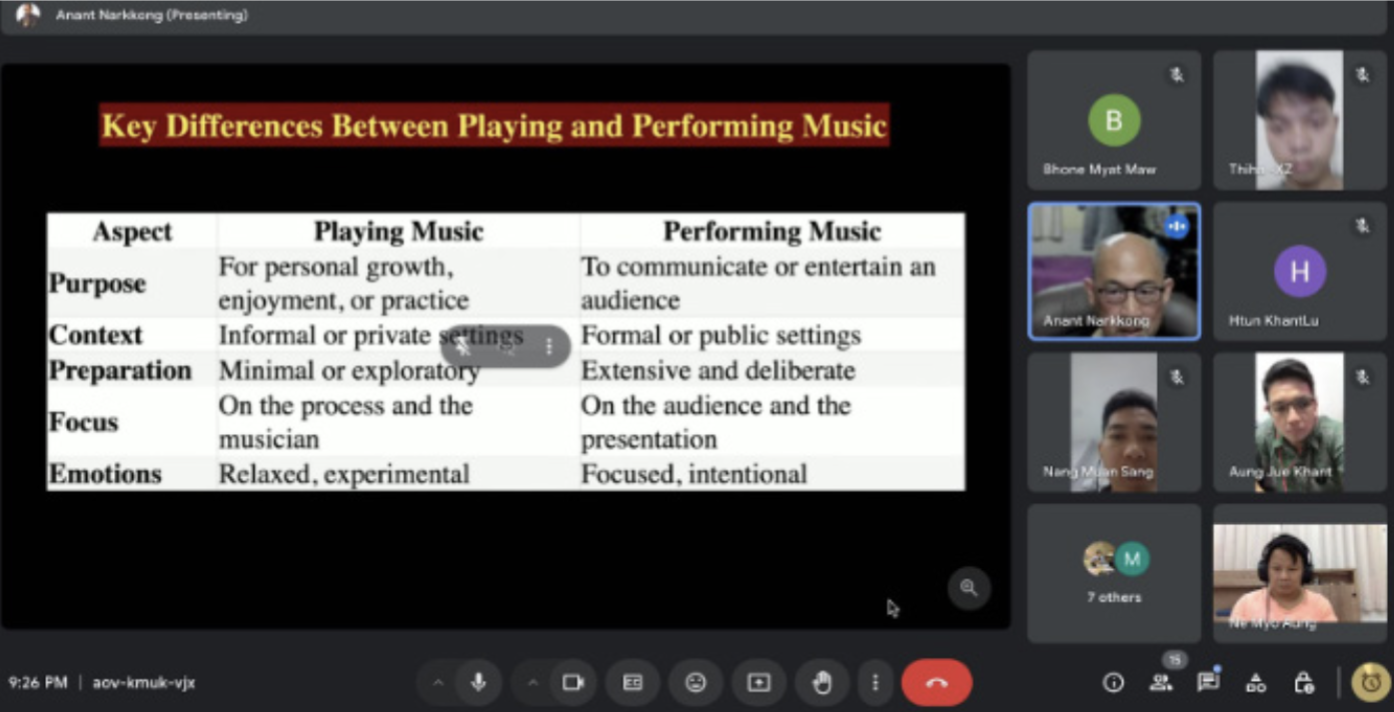
Figure 12 Gitameit Teaching Artist Program participants. A session on Zoom with Ajarn Anant Nakkorng from Silpakorn University, December 2024
It is difficult for the younger generation to stay in Myanmar these days because of the mandatory military conscription laws from last March, and the general dismal situation for higher education.
Wealthier people can leave. Others have no way out. Two weeks ago, I was visiting Rangsit University International College in Bangkok where my wife teaches. 90% of the students are rich Burmese. But this is not an option for millions of Myanmar young people. They have no hope. By opening our Teaching Artist Program, maybe we can offer some of them a way to follow their passion. To help them get out of this misery, this struggle. They can gain skills to teach, do more.
Conclusion:
Gitameit was extremely lucky in its primary years to be the recipient of major funding grants from international organizations. This allowed us to grow while the musicians learned the skills of management, administration, and, later, trust in professional outsiders to handle accounts with transparency so the musicians could return to teaching, developing their networking and entrepreneurial performing skills. With more available internet in Myanmar, these skills became easier to take on. Gitameit has evolved into a less donor-dependent, more self-reliant organization earning income from student tuition, performances, and renting out their space. The musicians are meeting Myanmar’s considerable challenges of the current moment with ingenuity and independence.
Through Gitameit, we have had twenty-plus students receive scholarships from different entities to attend festivals, and summer programs or undertake degrees at universities in Bangkok, Singapore, Tokyo, Innsbruck, Seattle, Dekalb, Illinois, New York, Apple Hill, Westminster, New Jersey, cities in Germany and France, some of whom returned to teach at Gitameit or who still coach students online. We are so proud of their development and contributions returned to those less fortunate in Myanmar. Exchanges with so many friends from abroad have bolstered Gitameit and given the musicians confidence in their capacities to grow.
May Gitameit musicians - teachers and students - continue to discover and wonder at the array of incredible indigenous and hybrid musical traditions found in Myanmar and around its porous borders. May Gitameit be as blessed into its middle age by those seeking the great “perhaps” of community understanding, acceptance, support, and hope.
[1] From Bangkok to Mandalay (Burmese; Thai: ถึงคน..ไม่คิดถึง), Directed by Chartchai Ketnust, Magenta Studios, 2016
https://www.youtube.com/watch?v=CNyMVu70XHY
Gitapella audio excerpt singing “Inle” by Gitalulin U Ko K
[2] https://www.youtube.com/watch?v=J7F8Y91NwF8
(2013 return trip by Yale Spizzwinks to Gitameit, rehearsing a water festival song with Gitameit Voices)
[3] “Nya La Ka” (Night, Moon, Dance) Multi-Media collaborative piece based on poetry by Nyein Way. Excerpt “Crows” by Kit Y
oung with
Gitameit Voices and Shwe Man Chan Thar. https://youtu.be/aY_W7U3pQgg
[4] Myanmar slide guitar by master U Tin - si ne wa -
https://www.youtube.com/watch?v=R4aZNNF2T-M
U Tin performs “Pazin Taun Than Kyo” “Sound of Dragonfly Wings” the first of the Kyo teaching songs in the Mahagita Royal Court compendium of Burmese classical songs
[5] Hearing Burma: Teaching Artistry in Rangoon
https://www.irrawaddy.com/culture/hearing-burma-teaching-artistry-rangoon.htm
[6] In addition to her many visits before and since, Kit Young lived in Myanmar from 2003 to 2008, when her husband, a member of the US Foreign Service, worked at the American Embassy27
References:
Glauert, Rik ( 2017) ‘ Hearing Burma: Teaching Artistry in Rangoon’ https://www.irrawaddy.com/culture/hearing-burma-teaching-artistry- rangoon.htm
Personel Interiew
Nay Win Htun, December 2024 (online)Ne Myo Aung, December 2024 (online)Online exchanges and dialogues with Kit young, December 2024 (online)30